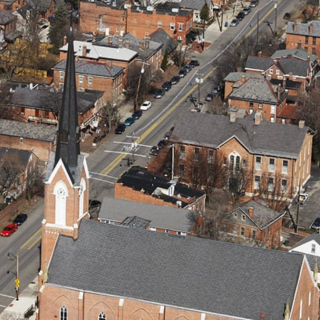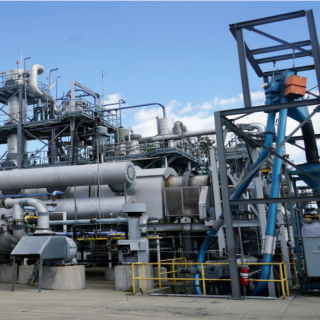TAKOMA PARK, MD, May 2, 2017 --A raging wildfire in the Fukushima radiation zone not far from the March 2011 Japan nuclear power plant disaster, demonstrates that a nuclear accident has long-term and on-going effects that can worsen over time, says Beyond Nuclear, a leading national anti-nuclear advocacy group.
The fire, which began on April 21 in the mountains outside Namie in Fukushima Prefecture, Japan, is in an area where human entry is barred “on principle” because of high radiation levels resulting from the Fukushima nuclear triple meltdowns and explosions. The fire is being fought from the air with helicopters spraying water.
“Just as high radiation levels barred rescuers from retrieving many earthquake and tsunami victims five years ago, today firefighters are being hampered from battling the blaze in the still contaminated area,” said Paul Gunter, Director of Reactor Oversight at Beyond Nuclear. “This makes extinguishing these radioactive fires more difficult which can have far reaching effects,” he said.
The geographical range of radioactive contamination from the Fukushima disaster could be expanded as smoke from the forest fire lofts radioactivity into the air and spreads it to regions that were not contaminated by the nuclear accident.
“The Chernobyl forest fire experience shows that forest fires in radioactively contaminated areas re-suspend contamination in the area, making it more available to natural processes like absorption by plants, but also spreading contamination to areas of lower or no contamination,” said Cindy Folkers, Radiation and Health Specialist at Beyond Nuclear.
The fire could be the first of many. A startling discovery made by Dr. Timothy Mousseau, a professor of Biological Sciences at the University of South Carolina, when studying the ecosystems in the Chernobyl Exclusion Zone, revealed that fallen trees and leaf matter were not decaying at the proper rate, creating a build-up of “tinder” on the forest floor.
“In higher areas of contamination, forest matter fails to decay because creatures responsible for decay like bacteria and fungi, do not function properly in the radioactive environment,” Folkers explained. “This ‘zombie’ forest litter presents an increased forest fire hazard in the radioactive landscape—exactly the place where you don’t want fire kindling.”
There have already been a number of serious forest fires around Chernobyl in recent years, spreading radioactivity into wider areas. However, there have not been adequate studies to monitor exactly where the radiation goes.
“Forest fires are dangerous enough, but radioactive forest fires raise the stakes for human health and safety because of the added difficulty to reliably monitor where radioactivity is traveling in the smoke,” said Gunter.
The Fukushima fire is a reminder that a major nuclear accident is never really over or confined.
“The long-term implications of on-again-off-again fires in radioactive forests are stark including re-contamination of so-called “decontaminated” areas, and re-suspension of radioactive particles thought to be out of the reach of natural processes,” said Folkers. “This all points to the impossibility of containing man-made radioactivity from catastrophes like Chernobyl and Fukushima, once it is released. Resettlement in such areas would be unstable at best, with the constant threat of increased exposures and resulting health impacts,” Folkers concluded.
For additional information see:
The Mainichi link http://mainichi.jp/english/articles/20170501/p2a/00m/0na/003000c
Common Dreams link https://www.commondreams.org/news/2017/05/01/sparking-fears-airborne-rad...
Beyond Nuclear aims to educate and activate the public about the connections between nuclear power and nuclear weapons and the need to abandon both to safeguard our future. Beyond Nuclear advocates for an energy future that is sustainable, benign and democratic. The Beyond Nuclear team works with diverse partners and allies to provide the public, government officials, and the media with the critical information necessary to move humanity toward a world beyond nuclear. Beyond Nuclear: 6930 Carroll Avenue, Suite 400, Takoma Park, MD 20912. Info@beyondnuclear.org. www.beyondnuclear.org.



